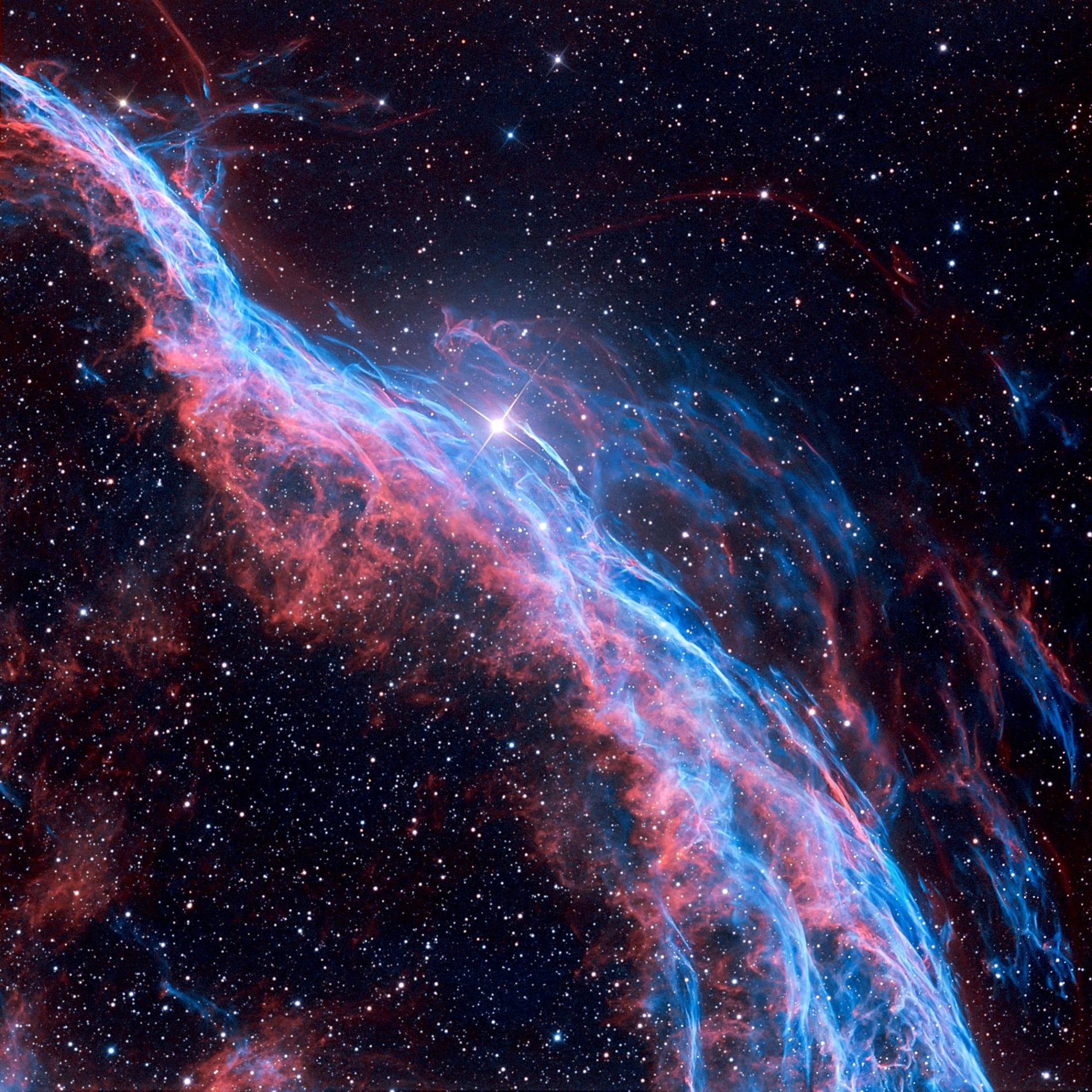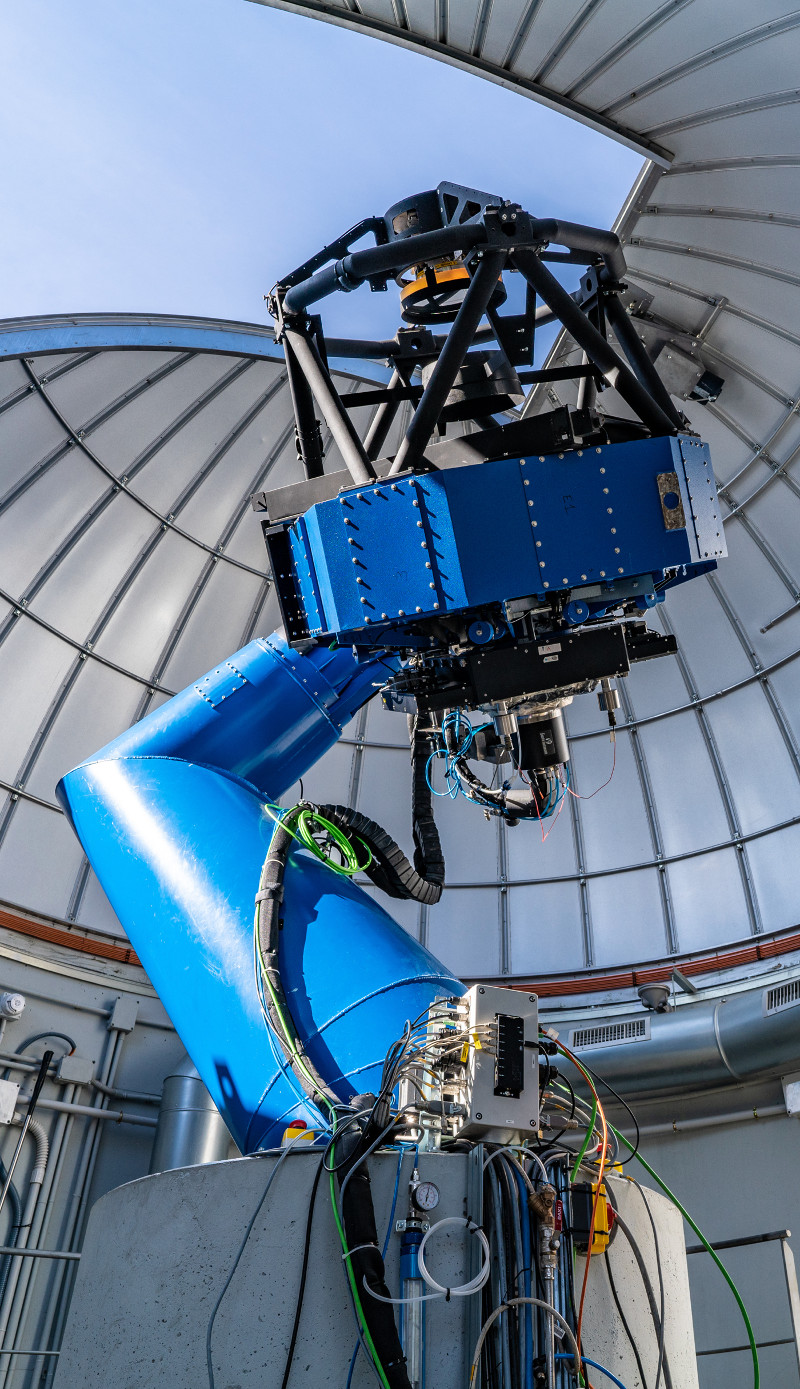The IAA-CSIC participates in two of the new surveys of the JAST80 telescope of the Javalambre Astronomical Observatory
The last phases of stars and the formation and evolution of massive stars will be the objects of study of these new legacy projects
The JAST80 telescope of the Javalambre Astrophysical Observatory, located in Arcos de las Salinas (Teruel), will begin observations of four new sky surveys this January. These initiatives have been selected for their legacy for Astrophysics character among the eight that were received in the call made in March by the Centro de Estudios de Física del Cosmos de Aragón (CEFCA), offering a total of 3,250 hours in the next 5 years. Two of these four projects, J-ALFIN and MUDEHaR, have the participation of the Institute de Astrophysics of Andalusia (IAA-CSIC).
J-ALFIN, an acronym for Javalambre Assessment of the Late Stellar Feedback to the ISM by Evolved Nebulae, is a project led by IAA-CSIC researcher Martín A. Guerrero , with the participation of six other international scientific institutions. The project will take advantage of the large field of view of the J80Cam on JAST80 to image the most extensive nebular structures around different types of evolved stars, including novae, supernovae, planetary nebulae, and [B]e-type supergiant stars. The purpose, explains Guerrero (IAA-CSIC), is "to investigate the last phases of the deposition of material processed in the stellar interior to the interstellar medium". The project is expected to make it possible to delimit the amount of material contributed by these stars and the time scale for its mixing with the interstellar medium, with important implications for studies of the chemical evolution of galaxies.

Another of the legacy projects approved by CEFCA is MUDEHaR (MUltiepoch Disparity Examination of H-Alpha and infraRed), led by Gonzalo Holgado from the CAB (CSIC-INTA) and with the participation of Emilio J. Alfaro (IAA-CSIC). "MUDEHaR has been designed as a multi-epoch photometric mapping in a region of approximately forty square degrees of the Milky Way", says Alfaro (IAA-CSIC). Its fundamental objective lies in the study of the formation and evolution of massive stars from the photometric variability of the hydrogen alpha line and the calcium triplet. An observational strategy with different time scales (days, months and years) has been developed, which will provide information on the varied phenomenology that occurs in the evolution of these unique stars.

Surveys are projects that allow a far-reaching use by the international scientific community: although they fulfill a specific objective for the research group that carries them out, they can later be used in very diverse fields of astrophysics, hence their character as legacy. In this case, the research group of each project will release the data periodically. CEFCA will be in charge of data collection and will offer the usual processing and the necessary calibrations to the research teams so that the data can be scientifically exploited.
Instituto de Astrofísica de Andalucía (IAA-CSIC)
Unidad de Divulgación y Comunicación
Silbia López de Lacalle - sll[arroba]iaa.es - 958230676
https://www.iaa.csic.es
https://divulgacion.iaa.csic.es

